I wasn’t particularly aware of India’s obsession with ‘fairness’ until I lived there for two years in 2012. I’m not sure whether the marriage ads, skin lightening products, or the obvious film industry bias surprised me most, but I felt sad that in a country full of such beautiful diversity, people’s worth was being gauged by their skin tone. Of course colourism is far from unique to India, but it stood out as being so overt and socially acceptable.
In a country full of such beautiful diversity, people’s worth was being gauged by their skin tone.
Fast forward a few years and I’m now married to a Hyderabadi and the proud mum of one-year-old Myra. Keen to expose Myra to her father’s language, music and culture, we’ve enjoyed watching Telugu cartoons on YouTube courtesy of VideoGyan and Infobells. Their compelling animations and well produced music really captivate Myra and even I can mumble along to most of them now.
However, it recently struck me that absolutely all of the characters are fair. In fact, based on the selection of skin, hair and eye colours, many of the characters would not look particularly Indian at all, were it not for the clothing and settings.
Does The Media Your Children Are Exposed To Lack Diversity?
I’m not suggesting that children’s cartoon fiction should be a precise analogue of Indian society – that would rule out the talking dogs and singing squirrels for starters! I’m also not suggesting that all the characters should look the same. There’s a vast and wonderful variety of people and appearances in India, which deserve featuring, but it would be hard to argue that this is what these cartoons are doing, when there is no one whatsoever with darker skin tones.
Source: Videogyan Youtube Channel
It is so important that children grow up seeing both people who are like them, and people who are not like them in the books, tv and other media they consume. They need to see that girls and boys, women and men, can do and be all sorts of different things, regardless of their background, culture or colour. They need a wide variety of characters to relate to, and role models to aspire to.
That’s why it bothers me that these cartoons which are aimed at Indian children – whether in India or abroad – depict a ‘white-washed’ version of India, with no place for people with darker skin.
These subtle (and not so subtle) messages create unconscious biases that are carried into adulthood and are sometimes harder to challenge than some of the more blatant manifestations of colourism. Most people are often unaware of the extent to which they hold such prejudices and the choices they make as a result.
I plan to write to some of the producers of these cartoons to point out their lack of diversity and I would encourage parents everywhere to take a closer look at the media their children read or watch. I would be interested to hear if others share my concerns.
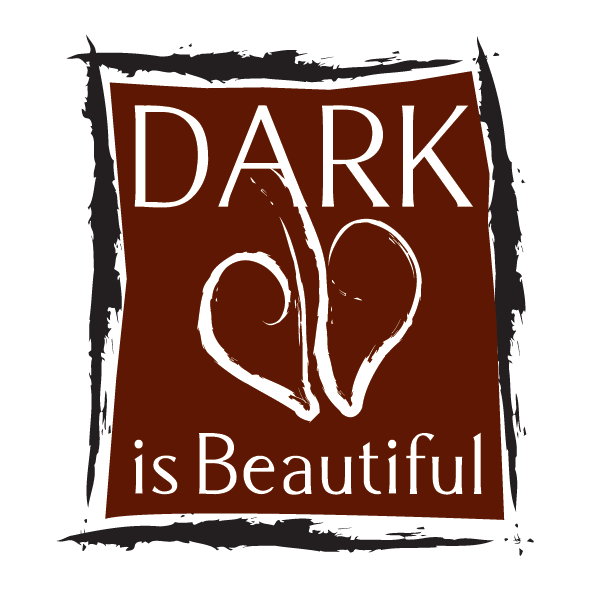
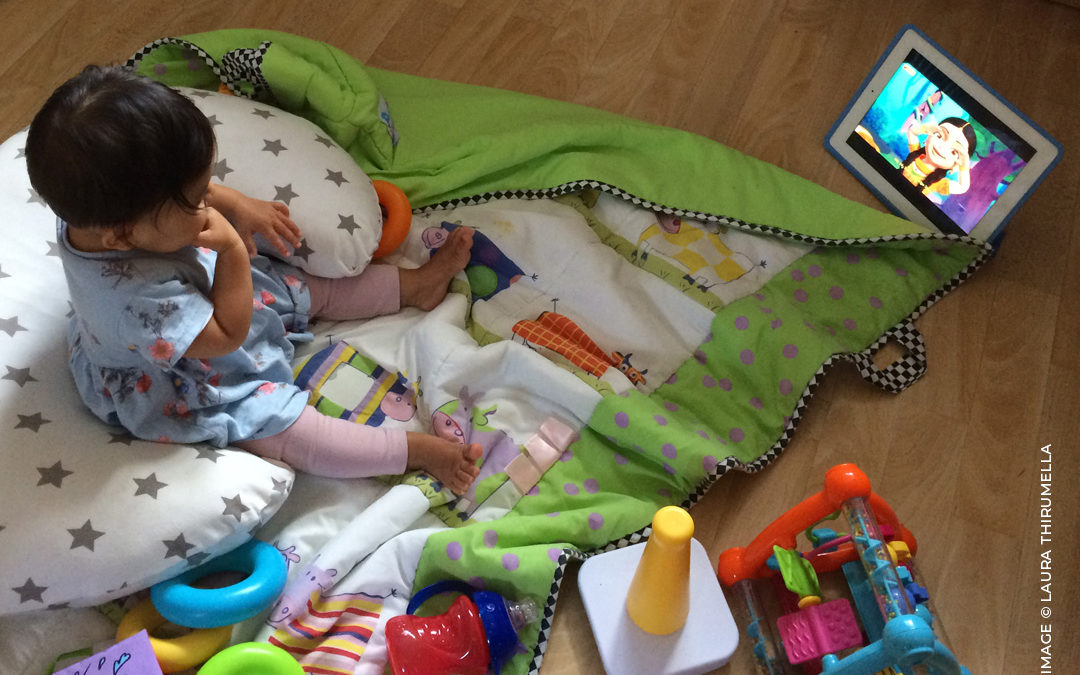
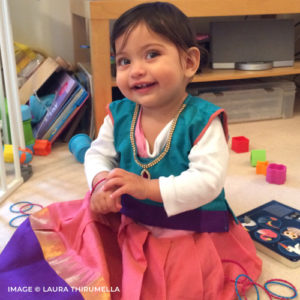
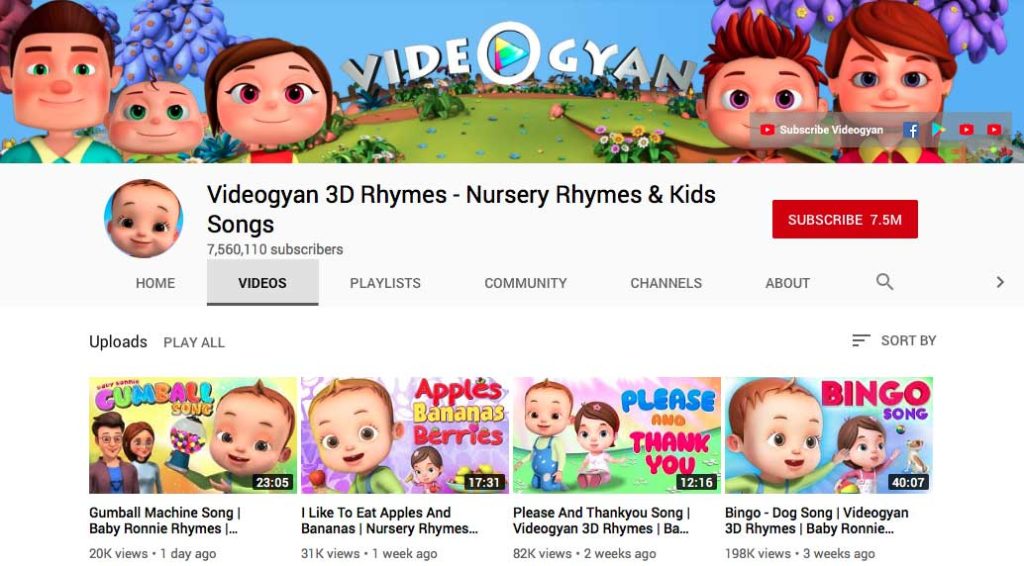
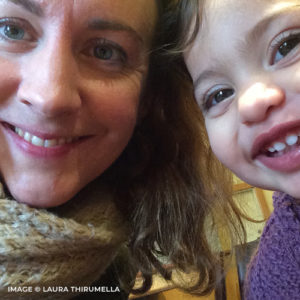


Is it alright to put part of this on my personal weblog if I post a reference to this webpage?
nicely done there seems to be very little to be done as individuals; unless the filming industry is in your stars but railing out these misconceptions ofcourse with love by pointing out the attributes you were once mentioning earlier are essential.. unfortunately though monkey see monkey do but i still believe a firm childhood plays its course
Hi, thanks for this article! Has this been your experience with children’s books too? I’m reviewing some children’s books in India and want to broach the subject of skin tone but not sure. Would be great to know what you think. Thanks!